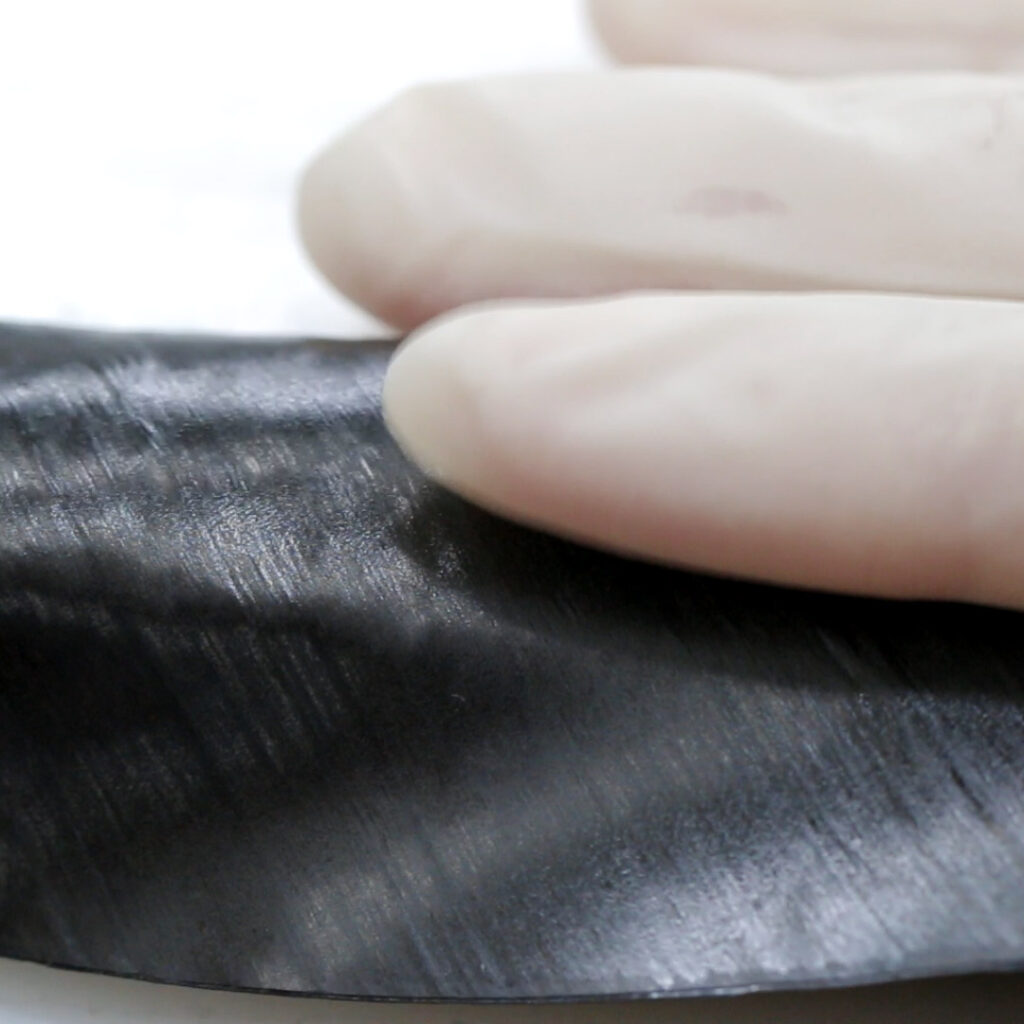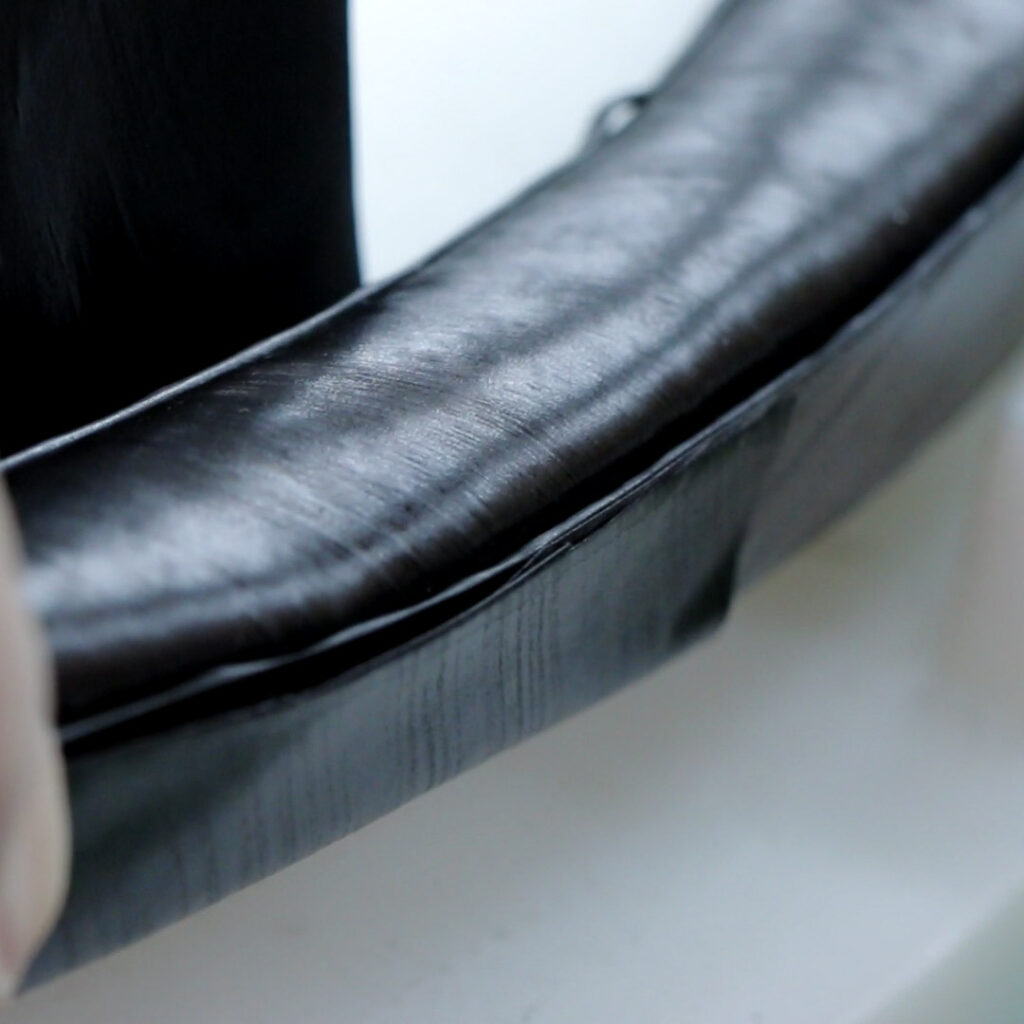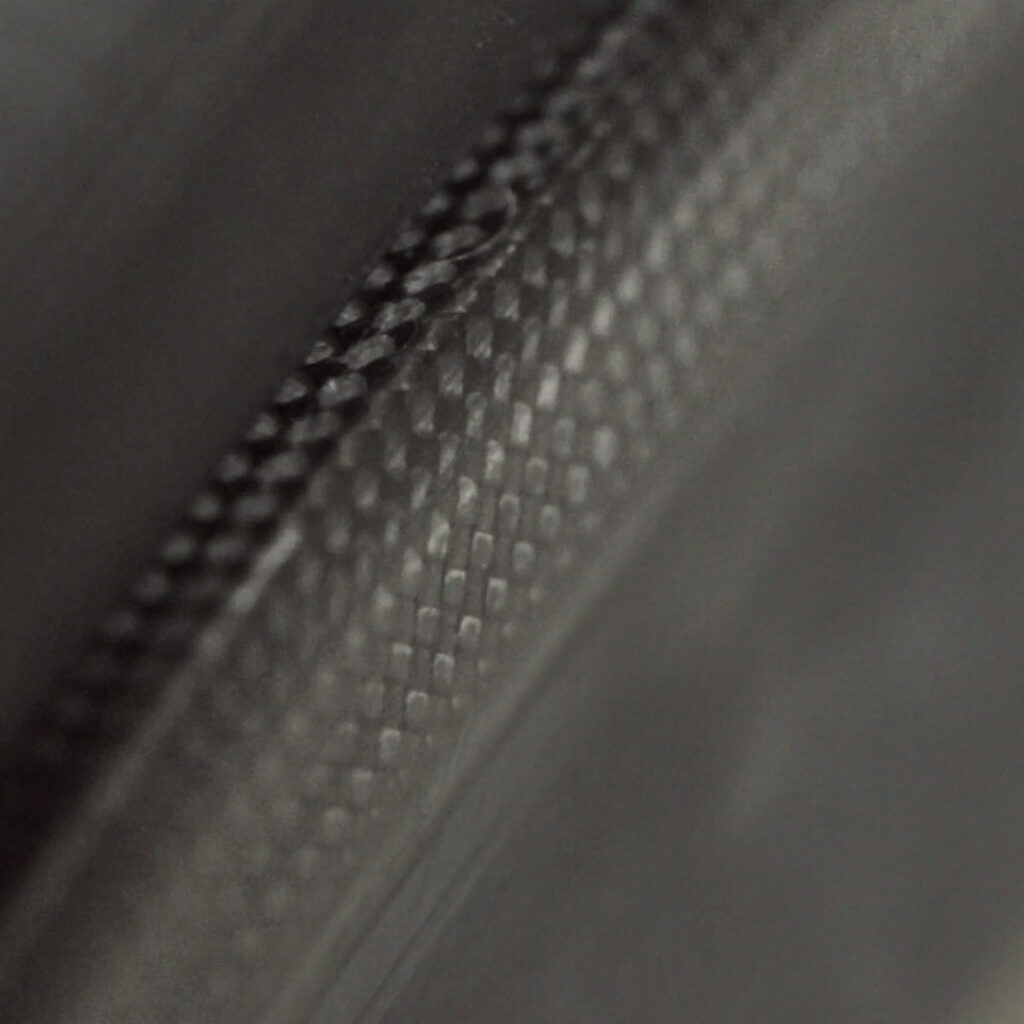The bicycle industry is the most common place for most people to encounter carbon fiber technologies in their daily lives and we have been involved in production and development of carbon fiber manufacturing for many years, with our own carbon forming factories and pioneering new methods and materials as the world advances.
One of the more challenging products to make with carbon fiber is a bicycle wheel rim, with challenging shapes, demanding performance and progressive weight requirements. A primary goal in manufacturing with carbon is to exclude as much resin as possible during this stage using pressure. Traditional tubular wheels work well with this, but moving to clincher rims makes this more difficult.
The shape of the clincher provides a unique challenge because it will require pressure within that structure, which needs to be uniform and applied at a steady rate to prevent irregularities and preserve the required ETRTO shape and dimension characteristics of the rim bed and braking surfaces too.
Some manufacturers accomplish this using metal spacers, but for our production, we have decided to use a thermal activated silicone strip. The strip is built into an enclosed structure over the rim bed. When the rim is inside the forming machine, heat is applied, which causes the resin to flow, but also causes the silicone strip to expand, creating internal pressure to maximize the strength of the braking surface. This enclosed structure is then cut open and the edges smoothed out to finalize the shape of the rim bead and bring it to standard.
This is not the only way our production facilities benefit from the use of silicone and the air bladders we use for the main rim body are also made from thick-wall silicone, allowing higher pressures and again, more uniform pressure distribution, for more resin exclusion and less layer slippage during the heating and forming stage when compared with the industry standard of thin polyurethane bags.
Note: The identity of the client is obscured for the purposes of upholding our NDA.













